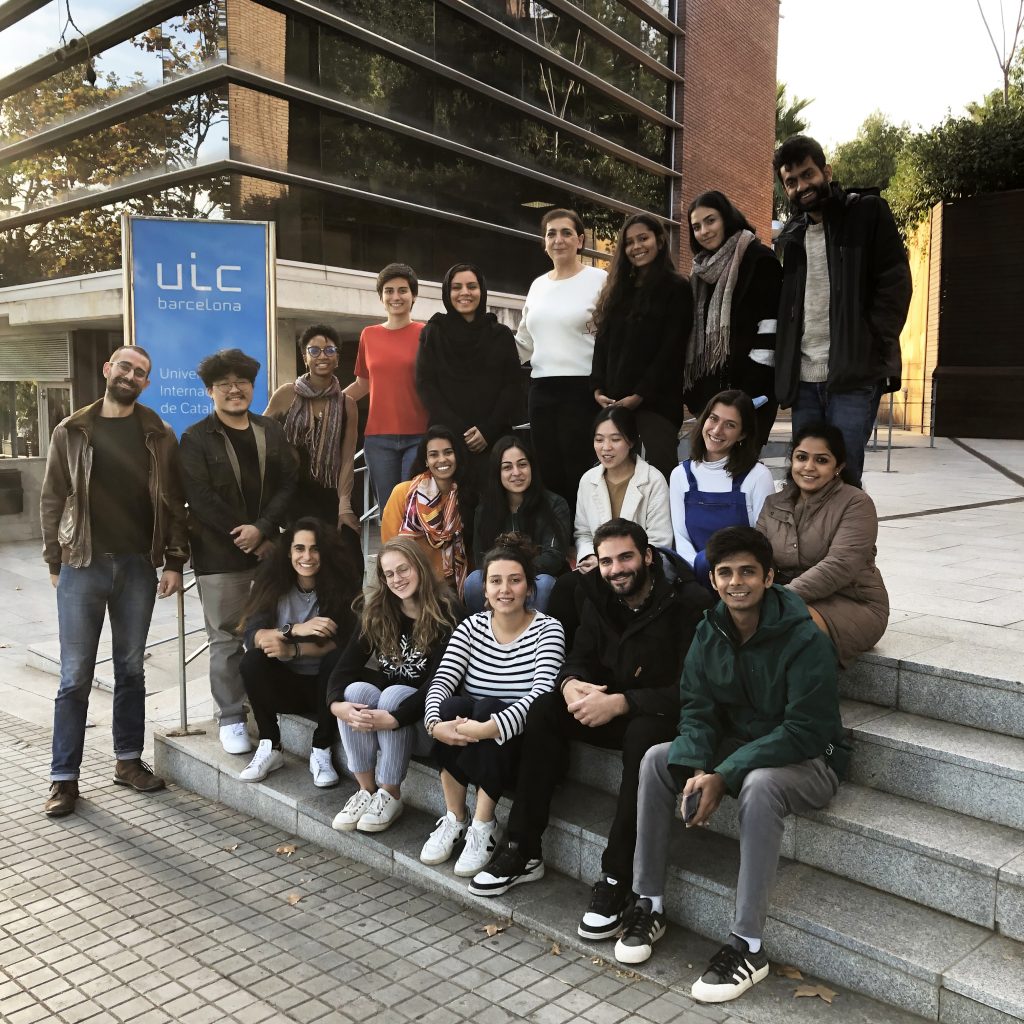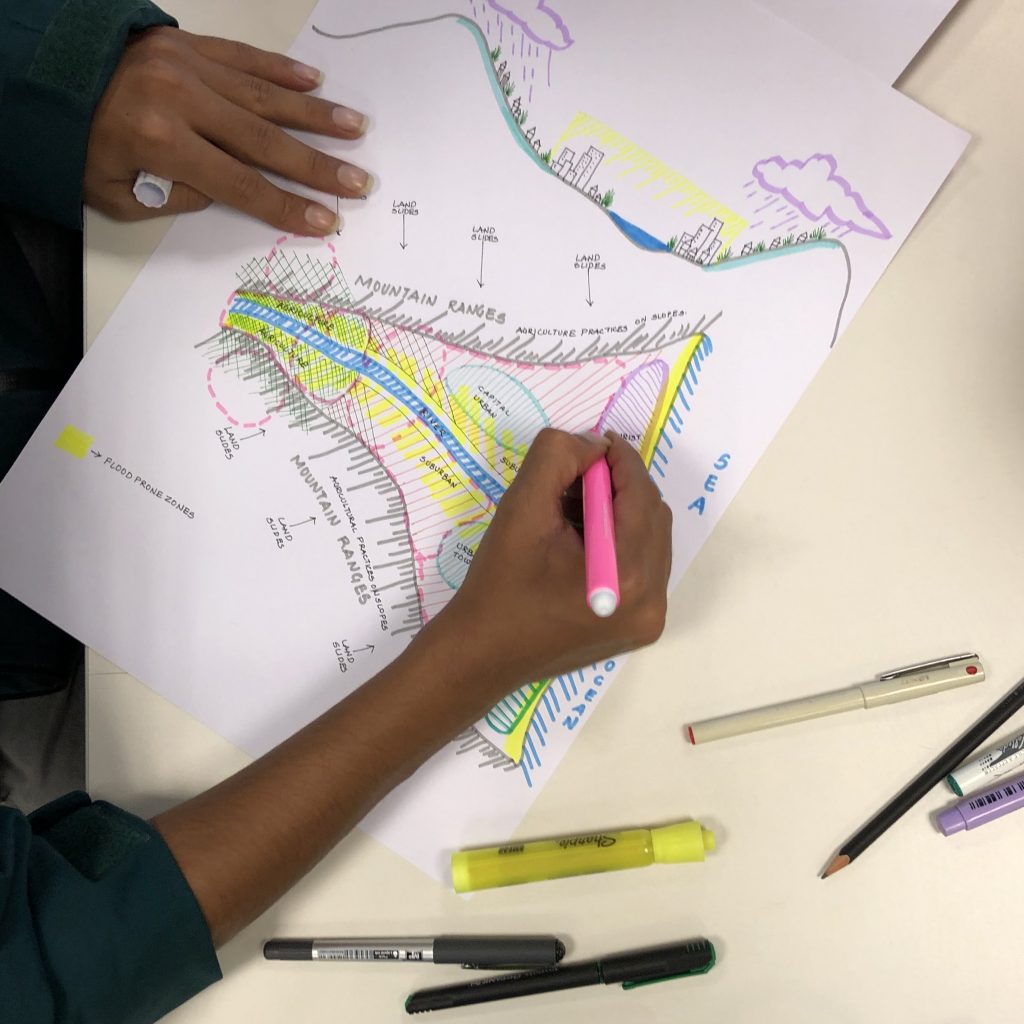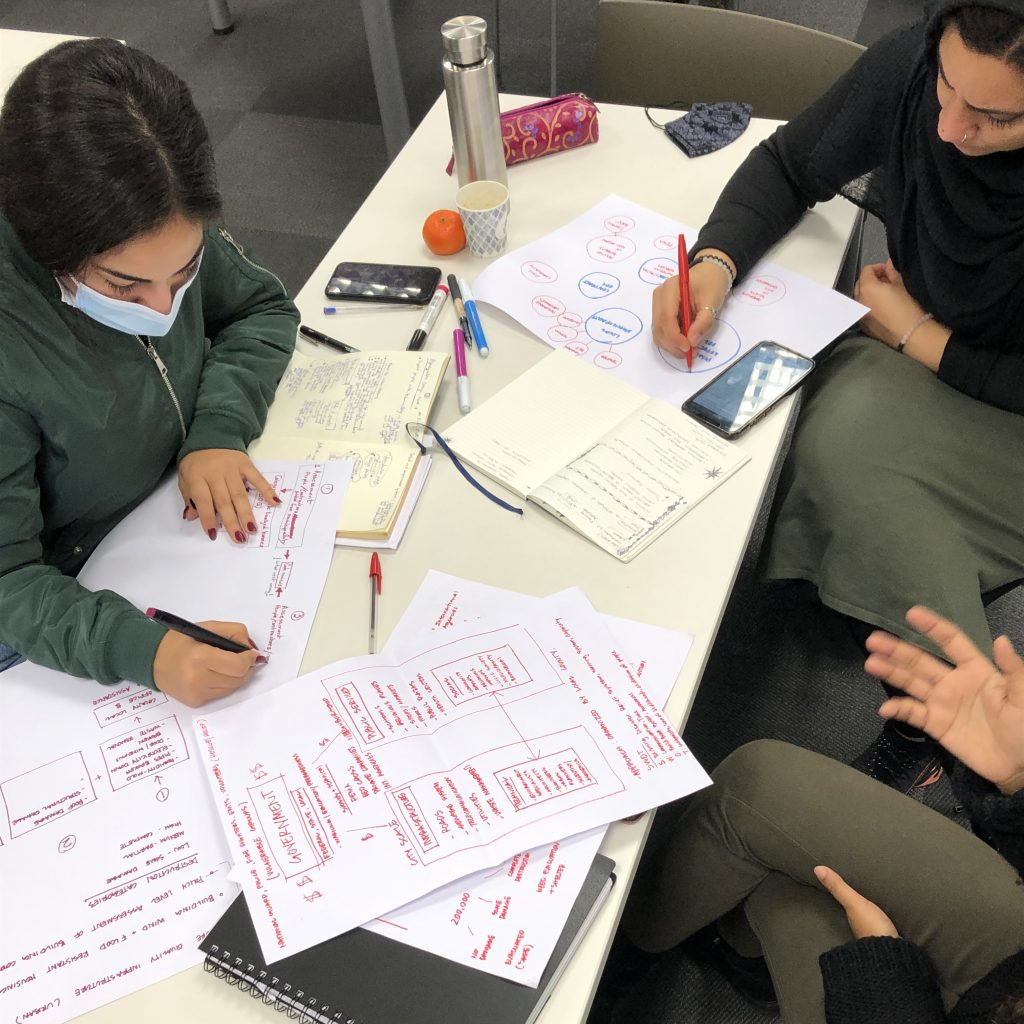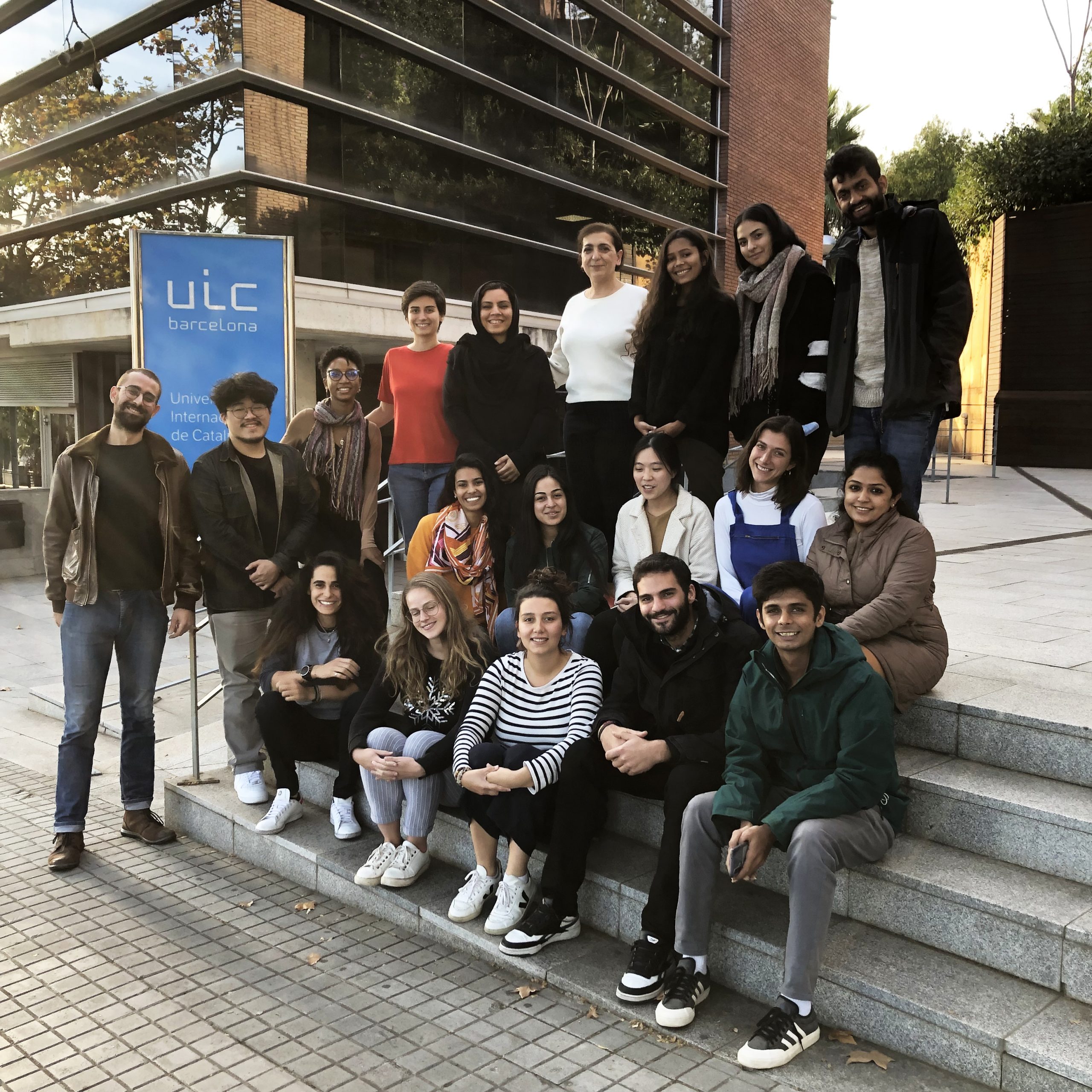We have been very happy that Farnaz Arefian has taught last week in our program. She is an interdisciplinary expert in disaster management and reconstruction, urban design and development. In Addition, Farnaz is the director of Silk Cities. During her course, she has shared knowledge about Post-disaster regeneration from her experience and expertise, which combines industry experience with academic research and education, knowledge exchange and public engagement in Europe, the Middle East, Central and Southeast Asia.

Her work includes delivering urban development plans and architectural projects, including post-earthquake reconstruction projects, e.g., participatory housing reconstruction and post-disaster urban design projects. ‘Silk Cities’ is an independent professional and academic initiative for knowledge exchange, research, engagement and raising awareness on under-explored contextual and global challenges and opportunities. Its initial geographic focus was on those countries along the Silk Roads in the Middle East and Central Asia. Additionally, Silk Cities focuses their international dialogue and knowledge sharing in diverse formats within academia. The last book released in 2021 is ‘Prerequisites for Post-disaster Regeneration of Historic Cities’. Chapters are based on a selection of papers presented at the 3rd Silk Cities international conference. Silk Cities 2019, entitled: Reconstruction, recovery and resilience of historic cities and societies, held at University of L’Aquila, 10-12 July 2019.

‘Post-crisis city recovery is multidimensional and post-disaster reconstruction is a manifestation of physical recovery that should facilitate other kinds of recovery, including psychological, social and economic recovery and enhance future resilience of residents. […] Disasters referred in the book are most of them originate in natural hazards such as earthquakes, but they also address ‘human induced disasters’ like deliberate destruction or destructive consequences as a result of development. These calamities are indeed devastating for the built environment, heritage and most of all society and have to be treated accordingly as disasters.’

During the Post-disaster Reconstruction and Recovery course held by Franaz at MICSEA, the students experienced through lectures and active workshops the interconnections of multiple stakeholders and actors in the post-disaster recovery processes. They learned how to coordinate the complexity on the management and operational level. The workshops enabled students to position themselves in the place of the different stakeholders and coordinate with other actors by compromising to find more efficient solutions. In the last workshop, each group worked on different real post-disaster contexts and gave propositions for the management and coordination strategies for the housing reconstruction process through all its phases.
We encourage our students and readers to read the e-book version of ‘Prerequisites for Post-disaster Regeneration of Historic Cities‘ here!

